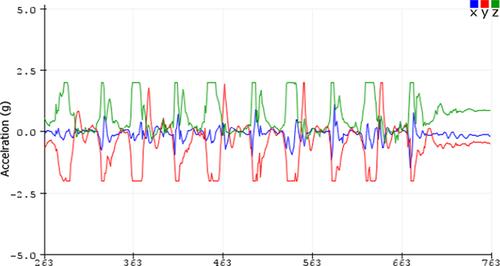Machine learning-based edge-computing on a multi-level architecture of WSN and IoT for real-time fall detection
Abstract
Health telemonitoring systems are constrained by the computational and data transmission load resulting from the large volumes of various measured signals, e.g. in the fall detection application. Nevertheless, the trend of movement and the implementation of computer intelligence in intelligent devices ensure an intelligent and convenient method for continuous real-time telemonitoring of health conditions. In this paper, fall detection is presented while leveraging edge computing integrated on a multi-level architecture combines the Wireless Sensors Network and the Internet of Things. Particularly, we present a complete study and implementation scenarios while investigating the performances of machine learning algorithms to distinguish between different fall patterns and activities of daily living using a set of significant extracted features from measured acceleration and angular velocity signals. For low computational requirements and to improve the classification performances, the Linear Discriminant Analysis is used to reduce the dimensionality of extracted features. The experimental results assess the performances of the proposed approach in fall detection that show the highest accuracy of 99.92% provided using the KNN classifier and accuracy of 97.5% for fall pattern recognition using the SVM classifier. Also, the online classification on the Fog device reached an accuracy of 94.42% using the SVM classifier.


 求助内容:
求助内容: 应助结果提醒方式:
应助结果提醒方式:


